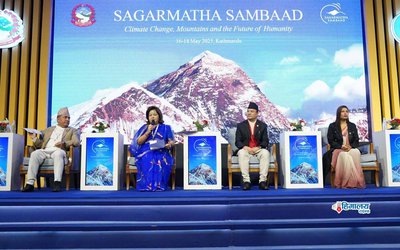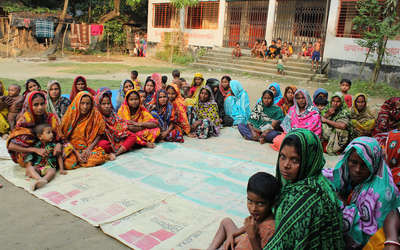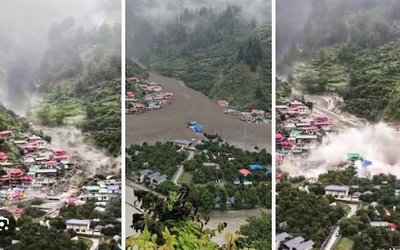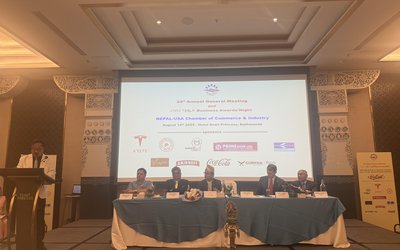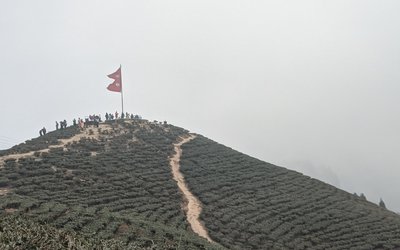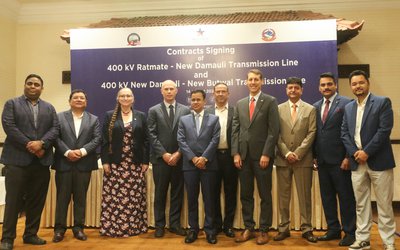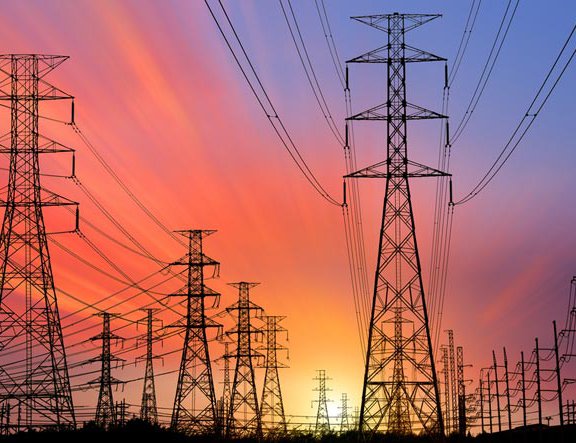
In the context of Nepalease electricity supply, the Nepal Electricity Authority (NEA) stands as an autonomous and organized governmental institution committed to the production, transmission, and distribution of electricity across the country. NEA's primary objective is to ensure a secure, reliable, and regular electricity supply system while providing consumers with accessible and high-quality power. By focusing on technical and administrative improvements, along with clear decision-making processes, NEA has managed to end the long-standing issue of load shedding, which was officially declared over in the month of Baisakh in the year 2075 BS. This marked a significant milestone, transforming the lives of Nepalis who had grown accustomed to studying under lanterns during power cuts. The consistent glow of electric lights not only illuminated homes but also brightened the minds and futures of every Nepali citizen.
From a situation where 16-18 hour daily blackouts were common, NEA transitioned to profitability from previous losses, and even began exporting electricity to neighboring countries like Bangladesh and India. This progressive journey is a matter of national pride for all Nepalis. Compared to the past, frequent line tripping incidents have decreased, indicating substantial improvements in the technical management between electricity demand and supply. However, consumers continue to voice complaints about not receiving the desired quality of service. To understand the interruptions in power supply, it is essential to have knowledge about the overall structure of electricity generation, transmission, and distribution systems in Nepal.
This article draws from consumer sentiments, work experiences, and various study materials to discuss the status of Nepal's Integrated power system, reasons for line disruptions and consumer expectations. The main goal is to provide this information in simple and accessible language for readers.
Reasons for Power Disruptions in the Distribution System
Power outages or disruptions in the line typically occur due to faults in the electrical infrastructure, such as broken wires, damaged disks, pins, shackles ; loose jumpers or connectors; current leakage; fallen poles; trees falling onto wires or poles; branches touching conductors; broken stay wires; or equipment malfunctioning, burning, or overheating. These issues lead to line interruptions, preventing electricity from reaching households.
If there's a problem in the service cable leading to a specific home, only that household will experience a blackout. If a distribution transformer in a particular area fails, burns out, or its fuse blows, the outage will affect only the settlements served by that transformer. Similarly, faults in the distribution line feeding a specific area will disrupt power only in the regions supplied by that feeder.
Natural disasters like storms, floods, landslides, or hurricanes can cause trees, branches, or debris to fall on wires or poles, leading to line breaks or overloads. In such cases, for safety reasons, the line is automatically shut off from the substation. This protective mechanism is built into the system to prevent further damage.
Reasons for Power Disruptions in Generation and Transmission Systems
From a technical perspective, large hydropower stations are located in Nepal's hilly and Himalayan regions. Events like floods, landslides, storms, or earthquakes can disrupt these stations or the connected transmission lines, causing an imbalance in the national grid. When the supply and demand do not match, safety parameters fluctuate abruptly, leading to system instability and line tripping.
System issues often stem from weak transmission infrastructure, insufficient generation capacity, lack of adequate transmission lines, higher production in the eastern regions with lower demand in the west. A fault in any part of the country's transmission line, power house, or substation can affect the entire national grid.
Coordinated Role of Generation, Transmission, and Distribution Systems in Power Supply
Electricity travels from power houses to substations via transmission lines, then through distribution lines to reach our homes. All devices and equipment involved in this process are managed centrally by the Load Dispatch Center (LDC) under NEA's Transmission Directorate, located in Siuchatar, Kathmandu. The LDC balances national electricity demand and supply on the grid.
At the primary level, tasks like constructing, maintaining, repairing the local power system, installing transformers, and metering are handled by 129 distribution centers spread across the country. Once a system failure occurs, checking each substation sequentially—from one to the entire network—can take at least 15-20 minutes. By balancing demand and supply across generation, transmission, and distribution, all substations nationwide are charged, ensuring lights come on in every village and region.
Public Perception
When the power goes out, people often vent frustration at NEA employees, accusing them of deliberately cutting lines or assuming it's load shedding and demanding schedules. Social media is rife with rumors spread without verifying facts. Such behaviors are entirely misguided. NEA purchases electricity from private producers and distributes it to the general public. Whether consumers use it or not, NEA must pay the producers, so any disruption causes significant financial loss to NEA itself. Given that NEA's revenue, service quality, and social reputation are tied to reliable supply, intentionally causing outages that lead to economic losses.
To locate faults, technicians systematically check sections by cutting and testing lines, searching for issues, repairing, and re-energizing. This process can cause intermittent power flickers until the end point is reached and resolved. Structurally, this on-off cycle is a natural part of troubleshooting. Not all outages are load shedding; the public must understand that line cuts are not done out of preference but due to technical necessities.
Conclusion
In this scientific era, electricity demand is increasing daily. From small household tasks to large industries and information technology-based systems, power has become indispensable. However, due to the complexity of the electrical network and seasonal changes, NEA cannot always provide 24/7 supply despite its best efforts.
Currently, Nepal's system has an installed capacity of about 3511.57 MW, while demand is only 2337 MW. Excess power during the wet season is exported to India and Bangladesh via the transmission system as per demand. Thus, there is no load shedding; outages are mainly due to technical and natural issues.
This is a national problem requiring collective action from consumers, NEA, the Ministry of Energy and Water Resources, the government, political parties, private producers, and the Electricity Regulatory Commission. Given the public interest and national pride involved, timely laws, policies, and regulations should be formulated, with substantial investment in robust infrastructure. Only then can line disruptions be permanently resolved.Strategic cooperation from all levels is essential to make the supply secure, reliable, and consumer-oriented.
Email: acharyasujan01@gmail.com

